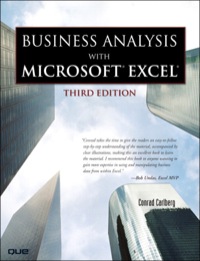Question
Net Operating Losses (LO 4.9) Tyler, a single taxpayer, generates business income of $3,000 in 2016. In 2017, he generates an NOL of $2,000. In
Net Operating Losses (LO 4.9)
Tyler, a single taxpayer, generates business income of $3,000 in 2016. In 2017, he generates an NOL of $2,000. In 2018, he incurs another NOL of $5,000. In 2019, he generates a modest business income of $6,000 and then in 2020, the COVID-19 pandemic results in an NOL of $13,000. Assume that in all years, Tyler adopts the NOL treatment that results in the earliest and greatest refund. Provide a chronological analysis of Tylers treatment of NOLs through 2020.
In 2017, Tyler carries back his $2,000 NOL against his 2016 income leaving $1,000 of 2016 income. In 2018, Tyler carries forward the NOL to 2019 In 2019, Tyler can offset 80% of his 2019 income with the 2018 NOL and he has a $________ carryforward from 2018 . In 2020, the COVID provisions allows him to carryback $_____ to 2017 He can now use all of the remaining $____ 2018 loss against the 2019 income and then can use another $______ of 2020 NOL against the remaining 2019 income. The remaining $______ NOL from 2020 may be carried forward indefinitely, to use against 80% of future taxable income.
Step by Step Solution
There are 3 Steps involved in it
Step: 1

Get Instant Access to Expert-Tailored Solutions
See step-by-step solutions with expert insights and AI powered tools for academic success
Step: 2

Step: 3

Ace Your Homework with AI
Get the answers you need in no time with our AI-driven, step-by-step assistance
Get Started


